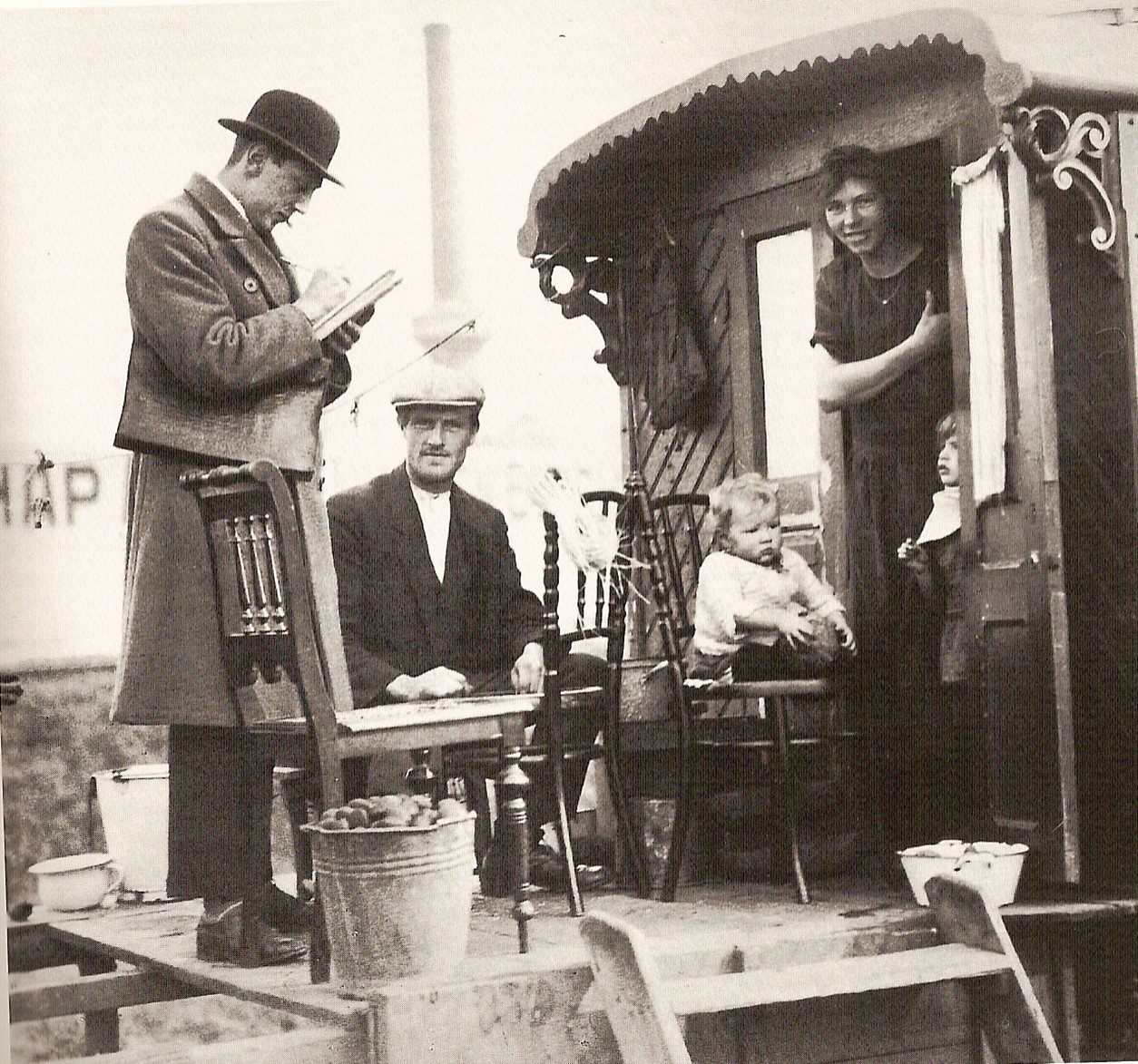In the spirit of the upcoming widening research focus of the Astor100 web pages, we are pleased to present a blog on the importance and utilisation of the 1921 census by PhD candidate Peter Jolly. Peter specialises in using the early twentieth-century censuses to study patterns of female domestic service in rural Berkshire.
The census: a treasure trove of material for social historians, by Peter Jolly
“The release this January of the 1921 records is doubly important not only in showing the impact of World War 1 on communities, but because these are the last to be revealed for thirty years, with the accidental destruction of the 1931 entries and the onset of war preventing a 1941 census.”
The census has always provided a treasure trove of material not merely for family historians and genealogists, but also for social historians. The release this January of the 1921 records is doubly important not only in showing the impact of World War 1 on communities, but because these are the last to be revealed for thirty years, with the accidental destruction of the 1931 entries and the onset of war preventing a 1941 census. It is unfortunate too that the present commercial pricing structure of 1921 entries seriously inhibits their use for wider analysis, as for the first time this census required everyone to reveal not merely their occupation, but also their actual workplace.
Although the first national census took place in 1801, that of 1841 was the first to contain any individual details, whilst that of 1851 importantly required details of the relationship, familial or otherwise, of all persons within the household. Each subsequent census modified and often extended the range of information sought, which can mean that some direct decadal comparisons of data become problematic. For example, that of 1911, sometimes called the ‘fertility’ census, sought details of how long women had been married, and how many children, both living and since deceased, they had produced, a feature missing from the 1921 census. Each Victorian and Edwardian census was rapidly followed by Command Papers, each with explanatory narratives, and tables galore, dividing the statistics between geographical areas, occupations, age, status, disabilities and the like, with separate analyses of workhouses and institutions, and those on-board ship. How, before computer technology, they were produced in such depth by so few civil servants is little short of amazing. These reports are readily accessible through the UK Parliamentary Papers site as an e-resource.
Command Papers can be found here.
But whilst these government reports enable me to discover fascinating minutiae such as the existence of just one female plumber, a widow, in 1911 Berkshire, and similarly the county contained a single female boatbuilder, who was married, occupational statistics are largely confined to county or county borough level, and we need to look at and search through all the individual census schedules better to explore details of personal and economic relationships, particularly within towns and villages.
“Research such as this provides not merely a fascinating insight into community life and allows inter-community comparisons to be drawn, but enables wider social, gender and class agendas to be addressed.”
My research over the past few years concerned domestic servants, most of whom lived in their workplace. It was an empirical and largely census-based study, which involved transcribing and placing onto spreadsheets the individual householder schedules for several different communities. The search facility of commercial genealogy websites has enabled me to trace patterns of employment continuity within families, and the broad brushstrokes of migration patterns. The census has facilitated analysis of the different size of houses in which servants were employed, as well as of the numbers in each household, the types of persons, whether by gender, occupation, or social class, that kept residential servants. I have also examined not merely geographic origins of Berkshire servants, but the sort of families in which they grew up and the different types of position they occupied.
Research such as this provides not merely a fascinating insight into community life and allows inter-community comparisons to be drawn, but enables wider social, gender and class agendas to be addressed. Sadly, however I am still searching for both female plumber and boatbuilder, and I have also failed to locate the only 14-year-old girl who worked in paper-bag manufacturing!
Peter Jolly is a PhD Student of History, specialising in using the early twentieth-century censuses to study patterns of female domestic service in rural Berkshire.



